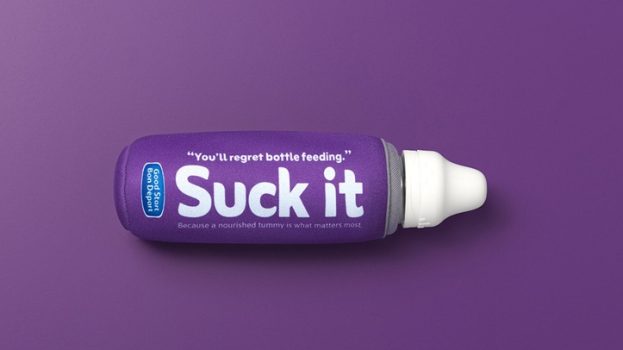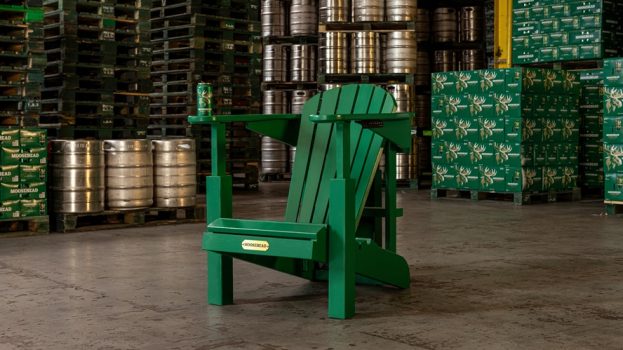It may well be a favorite packed lunch snack for millions of kids, but the fact that school is in pandemic recess hasn’t dented demand.
Smuckers says it has seen unprecedented levels of demand across several of its key categories, including baking (where its Robin Hood, Five Roses and Crisco brands operate) and coffee (for its Folgers brand). But its demand for peanut butter that is “through the roof,” benefiting its Jif brand.
According to the American Peanut Council, 87% of Canadians households have peanut butter in their home, half of kids eat it weekly and 91% of Canadians think peanuts and peanut butter are healthy and nutritious.
In a June earnings call, Mark T. Smucker, the company’s president and CEO, says that to maximize product availability and achieve greater operational efficiency, the brand limited SKUs and allocated shipments across its customer base as demand began to outpace production for certain products, like Jif. Despite temporarily suspending promotions, sales have been “lapping a huge Q4 of last year that we did not think that we could beat.” Smucker also said that Jif has continued with market share gains in the prior three quarters.
Adam Zitney, VP of marketing at Smucker’s Foods of Canada, says it’s doing its best to meet demand in Canada as well, although he says it’s difficult to predict whether the peanut butter boom will continue in an uncertain environment as businesses reopen.
In Canada, where Kraft tends to be the dominant player and Jif has only been available for three years, Zitney says Smuckers’ current share of peanut butter is around 10 points, split between Jif and its natural brand Adams, but its growth over the last 12 weeks has exceeded category growth. “If you look at past times of crisis, large mainstream brands fare well, thanks to long history of value of history and quality,” Zitney says.
[iframe_youtube video = “WA5g1ypIBOA”]
The reasons for the increase include factors unrelated to pandemic, he says, such as a trend toward plant-based protein, interest in premium brands, more natural foods, as well as it own innovation and packaging.
Despite focusing production on the most in-demand SKUs, some product innovations have stuck. In the U.S., Smucker’s introduced a 13-ounce squeezable, resealable pouches as an alternative to the jar. And the Retail Council of Canada recently recognized Smuckers’ Jif Dark Roast with new product award recognition.
“It was a Canadian idea,” Zitney says, but jokes that it stole insights from its coffee brands, “because people want richer bolder taste.”
 Although it’s been under a year since Smuckers’ Jif Dark Roast launched, he says it is “pacing ahead of our volume target.”
Although it’s been under a year since Smuckers’ Jif Dark Roast launched, he says it is “pacing ahead of our volume target.”
According to Zitney, peanut butter is a $300 million dollar plus category and Canadians consume more per capita than our neighbours in the U.S., and it’s growing. Part of that can be attributed to parents no longer needing to heed the allergy restrictions of their children’s classmates while at home, he says, and while consumption will moderate, it will not fall back to pre-pandemic baselines. Recipe microsite traffic has been unprecedented, Zitney says, “a 10-fold amount of traffic and I’m probably underestimating that.”
Zitney says some shopper programs made their way to market around the time of the pandemic, but most were de-prioritized for May, June and July, because didn’t want to interrupt the shopping experience, as consumers want to get in and out of grocery stores as quickly as possible.
That investment was converted to online coupons, and other forms of digital advertising, which, Zitney says, tend to focus more on functional messaging around protein, and emphasizing how many peanuts go into the making of a jar.
Smuckers has seen an “e-commerce explosion” compared with pre-COVID baselines and it is focusing a bit more on that, as well as other emerging channels growing faster than traditional grocer, such as dollar stores and club retailers.
























